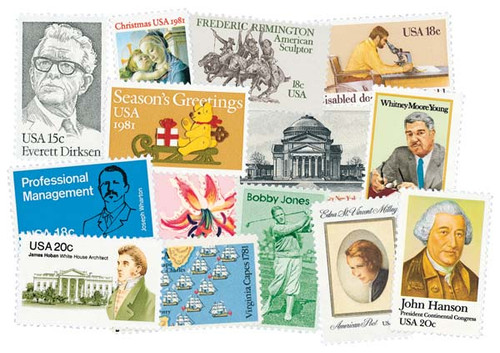
# 1911 FDC - 1981 18c Savings and Loan Sesquicentennial
Â
1981 18¢ Savings and Loan
City:Â Chicago, IL
Quantity:Â 107,240,000
Emergency Banking Act

On March 9, 1933, President Franklin Roosevelt passed the Emergency Bank Act (EBA) to provide financial relief during a Depression-era banking crisis.
In February 1933, some states began declaring bank holidays, ordering banks to close. Hard hit by the Depression, many people had lost faith in the banking system and were withdrawing their money from banks and keeping it at home.
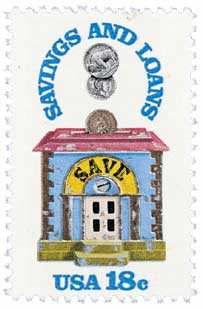
By March 4, Delaware became the 48th and final state to close its banks. That day was also Franklin Roosevelt’s inauguration. In his inaugural address, President Roosevelt identified one of his first major objectives upon taking office was “strict supervision of all banking and credits and investments.â€
President Roosevelt called for a special session of Congress the following day. He also declared a four-day bank holiday that shut down America’s banking system, including the Federal Reserve. The four-day bank holiday was put in place so Congress could come up with a plan to relieve the situation.
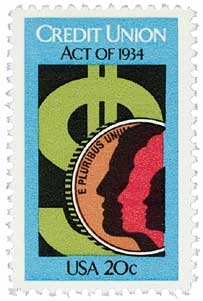
The Treasury staff had worked up an early draft of the law in the final days of President Hoover’s administration. The proposed act was submitted to Congress on the chaotic evening of March 9. Over 100 new members had just begun their terms in Congress, anxious to help improve the country’s financial scene. When the act was presented before the House of Representatives, there was just a single copy in the room, which was read aloud by the chairman of the House Banking Committee. More copies were made by the time the act was submitted to the Senate.
The act passed and was then signed into law by President Roosevelt that same night. The act had four main points – it expanded presidential authority in a banking crisis, it granted the comptroller of the currency the power to restrict the operations of banks with impaired assets, it let the secretary of the Treasury decide if banks needed extra funds, and it gave the Federal Reserve the right to issue emergency currency.
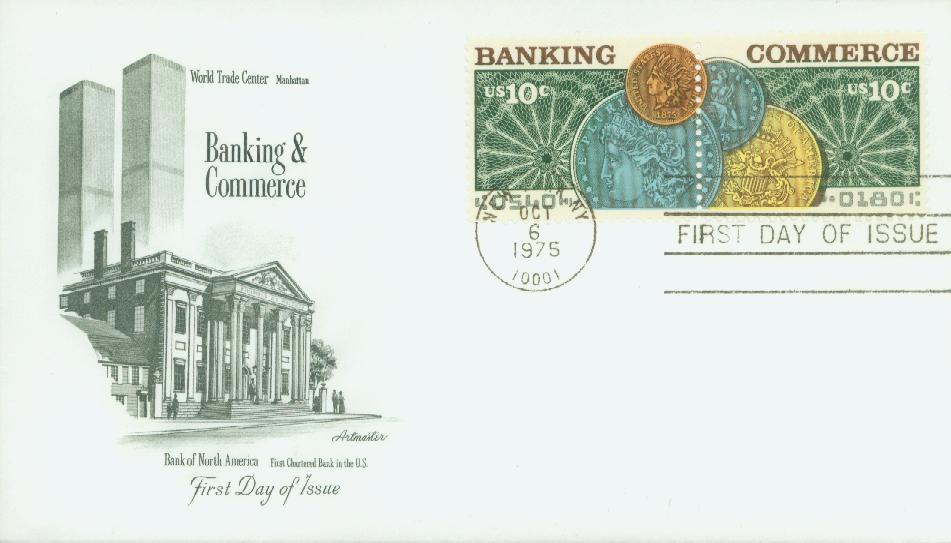
On March 12, Roosevelt delivered his first Fireside Chat, explaining that the EBA was passed to help them and that they could put their trust, and their money, back in the banks. Roosevelt’s chat and the EBA proved successful – when banks reopened on March 13, customers lined up around the block to return their money to their accounts. By the end of the month, Americans had returned about two-thirds of the cash they had withdrawn prior to the passage of the EBA.
The EBA proved its worth on Wall Street as well. On March 15, the first day of stock trading after the closure, the New York Stock Exchange recorded its largest single-day percentage increase ever.
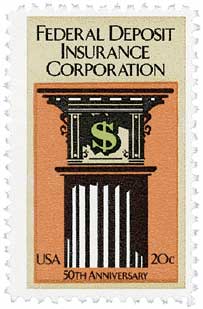
Later in the year, Roosevelt’s administration passed the 1933 Banking Act, which provided more long-term resolutions, such as the creation of the Federal Deposit Insurance Corporation (FDIC). The FDIC attempted to renew confidence in Depression-era banks by insuring money deposited in these banks, up to $5,000 per account.
Click here to read the text of the Emergency Banking Act.
Â
Â
1981 18¢ Savings and Loan
City:Â Chicago, IL
Quantity:Â 107,240,000
Emergency Banking Act

On March 9, 1933, President Franklin Roosevelt passed the Emergency Bank Act (EBA) to provide financial relief during a Depression-era banking crisis.
In February 1933, some states began declaring bank holidays, ordering banks to close. Hard hit by the Depression, many people had lost faith in the banking system and were withdrawing their money from banks and keeping it at home.

By March 4, Delaware became the 48th and final state to close its banks. That day was also Franklin Roosevelt’s inauguration. In his inaugural address, President Roosevelt identified one of his first major objectives upon taking office was “strict supervision of all banking and credits and investments.â€
President Roosevelt called for a special session of Congress the following day. He also declared a four-day bank holiday that shut down America’s banking system, including the Federal Reserve. The four-day bank holiday was put in place so Congress could come up with a plan to relieve the situation.

The Treasury staff had worked up an early draft of the law in the final days of President Hoover’s administration. The proposed act was submitted to Congress on the chaotic evening of March 9. Over 100 new members had just begun their terms in Congress, anxious to help improve the country’s financial scene. When the act was presented before the House of Representatives, there was just a single copy in the room, which was read aloud by the chairman of the House Banking Committee. More copies were made by the time the act was submitted to the Senate.
The act passed and was then signed into law by President Roosevelt that same night. The act had four main points – it expanded presidential authority in a banking crisis, it granted the comptroller of the currency the power to restrict the operations of banks with impaired assets, it let the secretary of the Treasury decide if banks needed extra funds, and it gave the Federal Reserve the right to issue emergency currency.

On March 12, Roosevelt delivered his first Fireside Chat, explaining that the EBA was passed to help them and that they could put their trust, and their money, back in the banks. Roosevelt’s chat and the EBA proved successful – when banks reopened on March 13, customers lined up around the block to return their money to their accounts. By the end of the month, Americans had returned about two-thirds of the cash they had withdrawn prior to the passage of the EBA.
The EBA proved its worth on Wall Street as well. On March 15, the first day of stock trading after the closure, the New York Stock Exchange recorded its largest single-day percentage increase ever.

Later in the year, Roosevelt’s administration passed the 1933 Banking Act, which provided more long-term resolutions, such as the creation of the Federal Deposit Insurance Corporation (FDIC). The FDIC attempted to renew confidence in Depression-era banks by insuring money deposited in these banks, up to $5,000 per account.
Click here to read the text of the Emergency Banking Act.
Â





